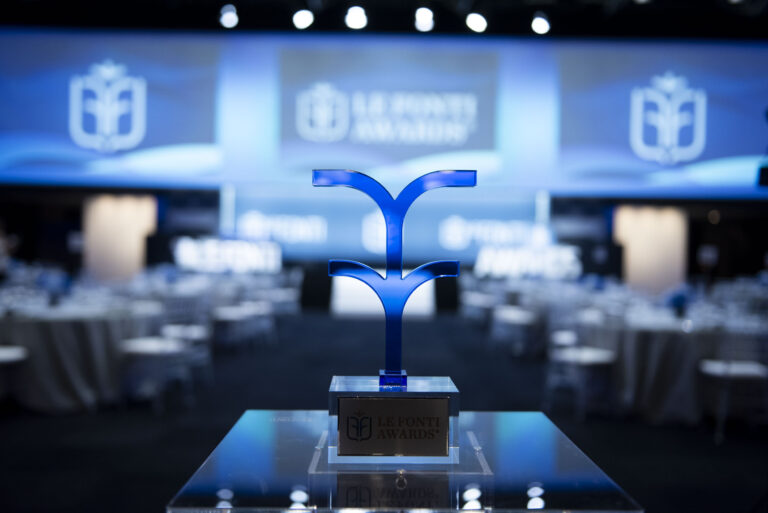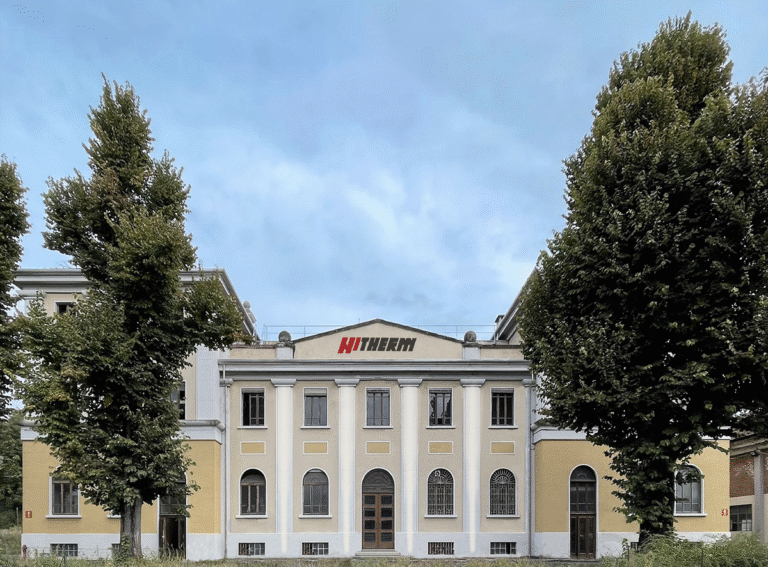The environmental impact of artificial intelligence is becoming an increasingly central issue, especially regarding the resources needed to power and cool data centers.
While energy consumption has already raised concerns, another critical aspect is now emerging strongly: the water footprint. The massive adoption of AI-based technologies is significantly increasing the amount of water required to ensure the proper functioning of digital infrastructures. Recent studies reveal alarming data, making a more sustainable approach urgent.
Table of Contents
Artificial intelligence and the water demand of data centers
AI represents one of the most intensive workloads for data centers, which operate continuously to perform complex calculations and respond to user requests. Every day, billions of queries are processed by platforms such as ChatGPT and Gemini, contributing to a market that, according to PwC estimates, will have a global economic impact of $15 trillion by 2030. However, this growth entails considerable resource usage, including the water needed to keep infrastructures in optimal operating conditions.
Why water is essential for server cooling
Most data centers use water-based cooling systems, which are far more efficient than air cooling. Water is employed through evaporation-based methods or closed-loop circuits supported by chillers, with the goal of dissipating the heat generated by servers.
This efficiency—ranging from fifty to even a thousand times greater than air—results, however, in increasing water consumption.
A study reveals concerning data on AI’s water usage
According to research conducted by the Riverside research center of the University of California and published in Nature, running between twenty and fifty questions on ChatGPT consumes roughly half a liter of water.
If each of the 100 million weekly users of the virtual assistant submitted just one prompt, consumption would reach up to five million liters of water per week. In 2022, Google, Microsoft, and Meta used more than 2 billion cubic meters of water for power supply and cooling—exceeding the annual consumption of an entire country like Denmark.
A growing trend likely to intensify
Taking into account the water used indirectly by external infrastructures, such as power plants that supply energy to data centers, forecasts suggest that by 2027 the water demand of artificial intelligence could reach 6.6 billion cubic meters. A figure that raises concern in a global context marked by increasing drought and vulnerability of natural resources.
Innovation and monitoring for sustainable management
Addressing AI’s water footprint is an essential priority to prevent irreversible effects on global water reserves. Various organizations are adopting innovative technologies and solutions to reduce water consumption and improve system efficiency. Major digital companies have also committed to replenishing, by 2030, more water than what is used in their direct operations.
Awareness of consumption is the first step toward responsible management. Advanced tools such as smart flow meters for real-time monitoring, leak detection systems, and water quality analysis probes help reduce waste, prevent inefficiencies, and ensure equipment safety.
Toward a sustainable transformation
Only through concrete and shared commitment will it be possible to reconcile technological innovation with environmental protection. Monitoring, efficiency improvements, and the adoption of responsible digital solutions are key elements to ensure a future in which artificial intelligence can evolve without compromising global water resources.
If you need advanced technologies for measuring, controlling, or optimizing water consumption, our specialists are available to support you in choosing the most suitable solutions.











